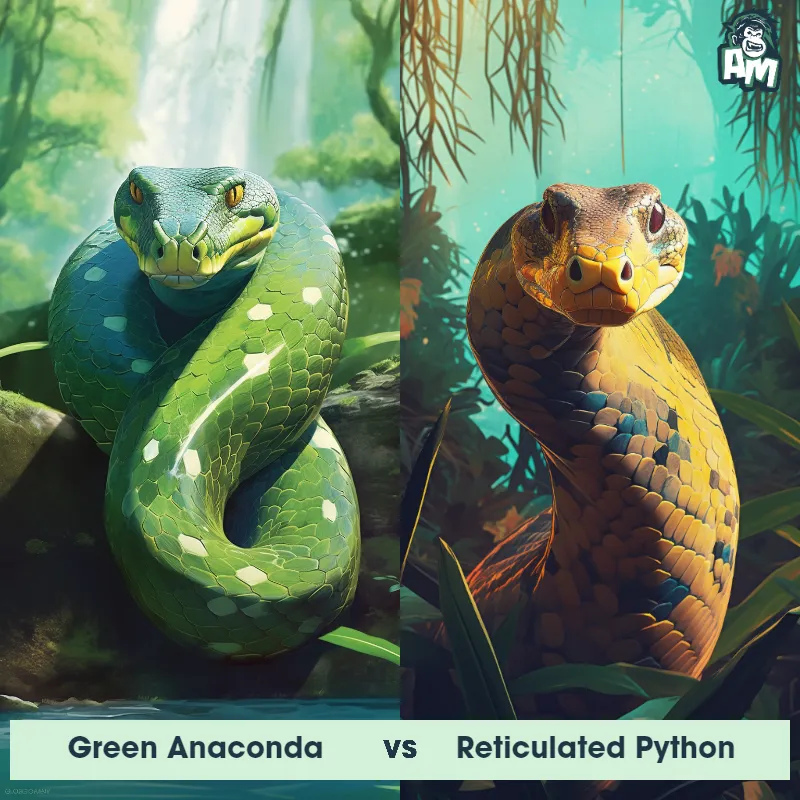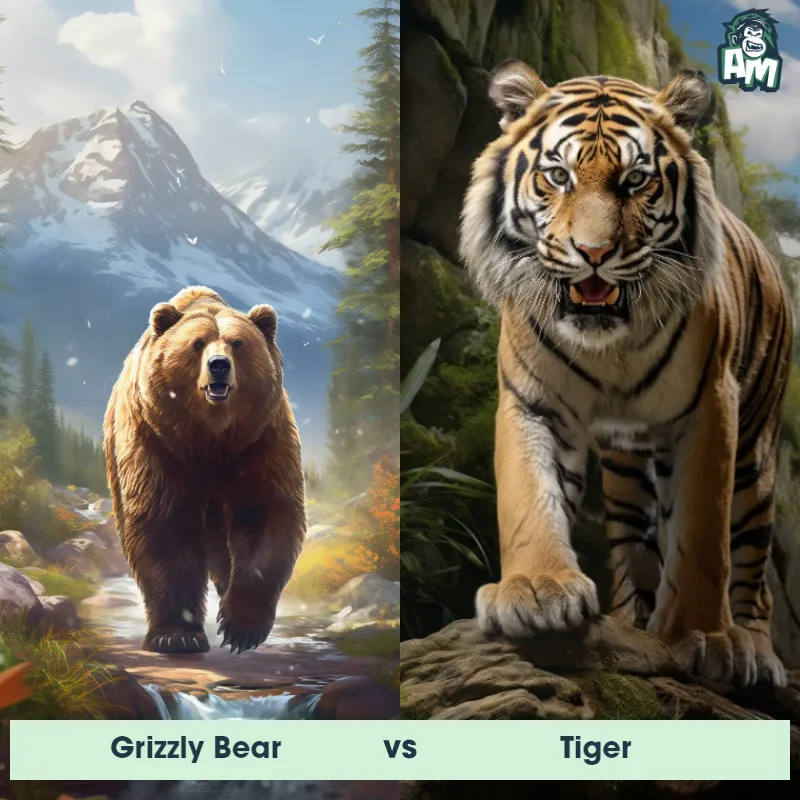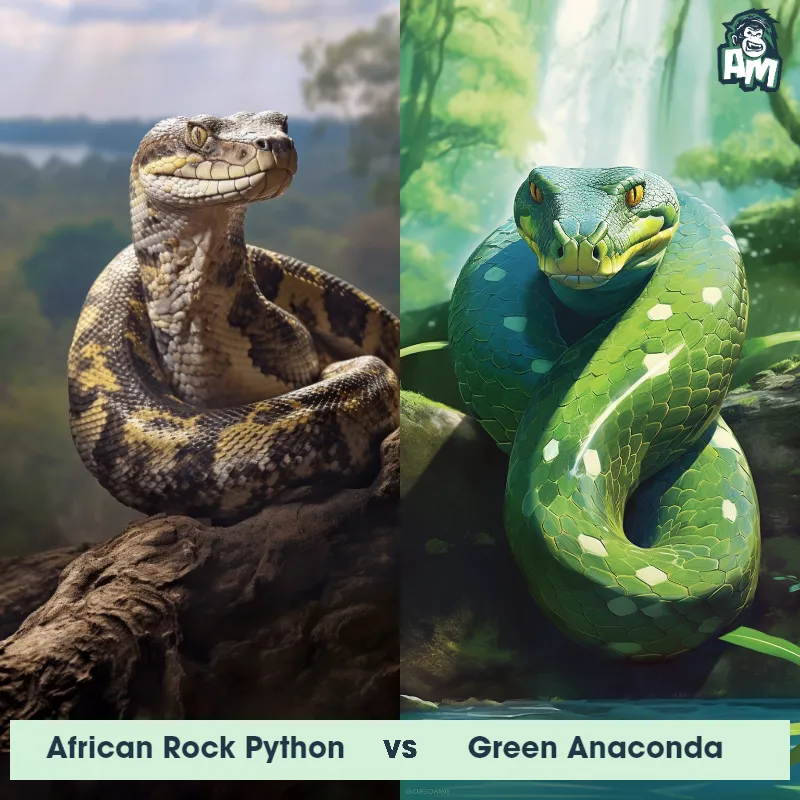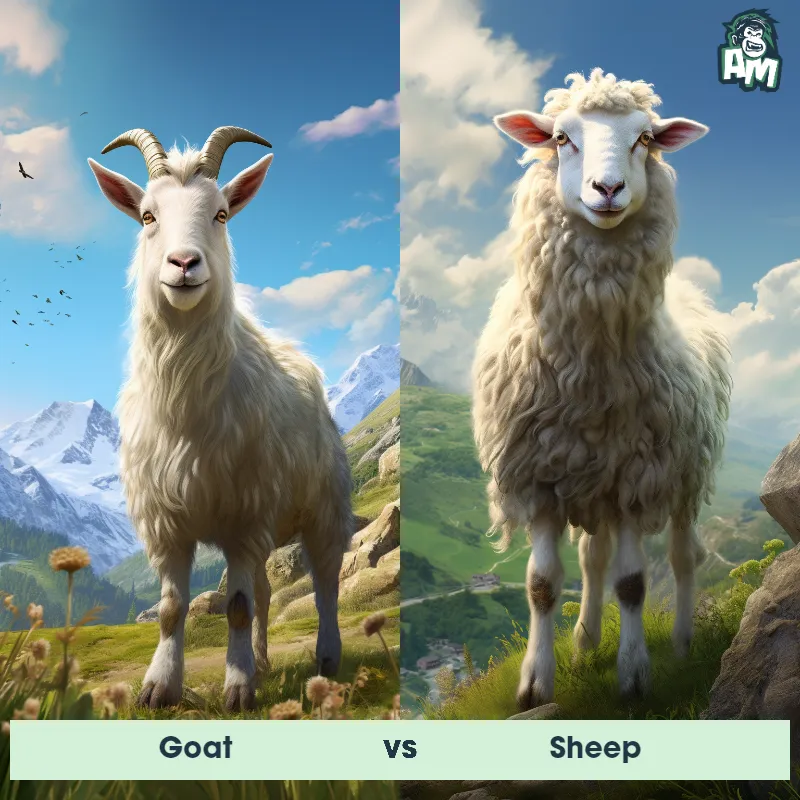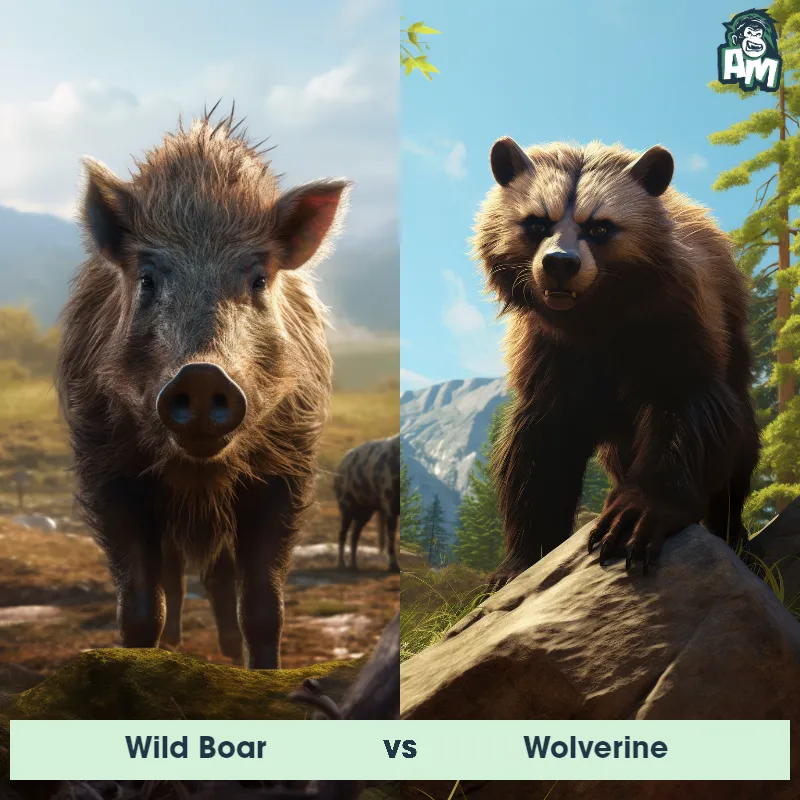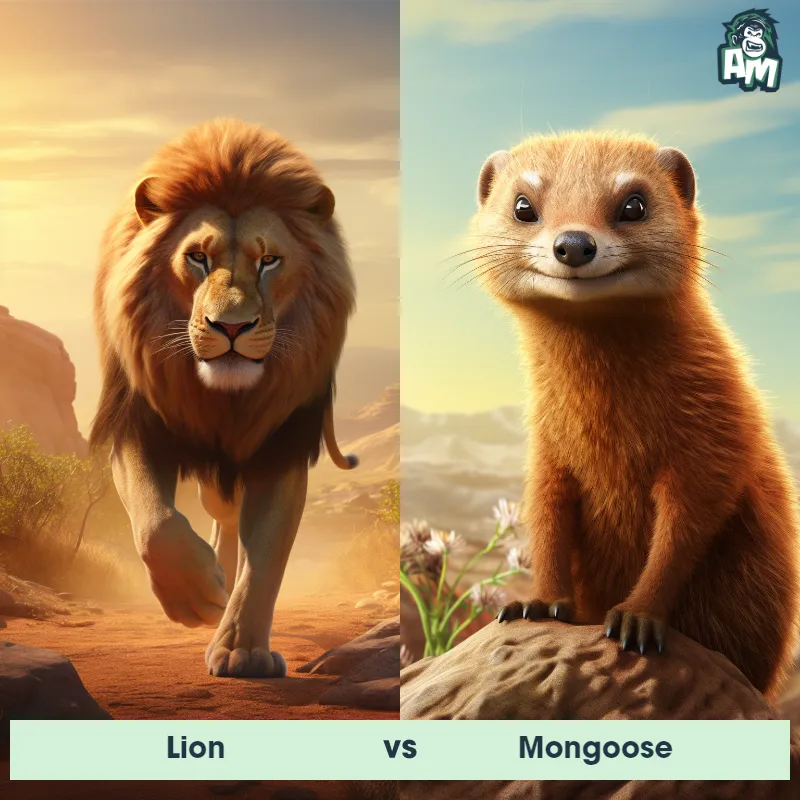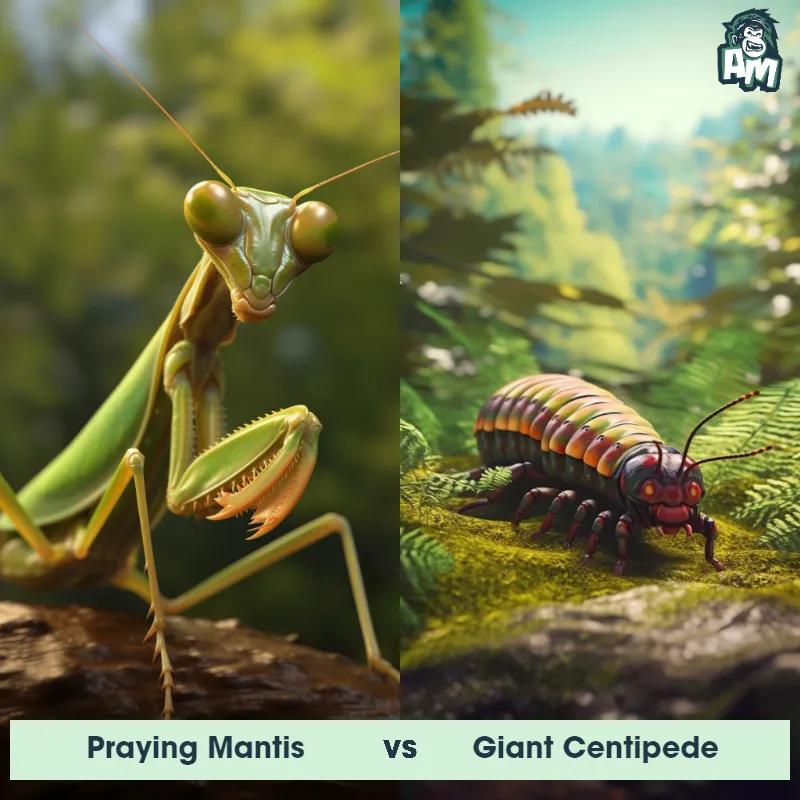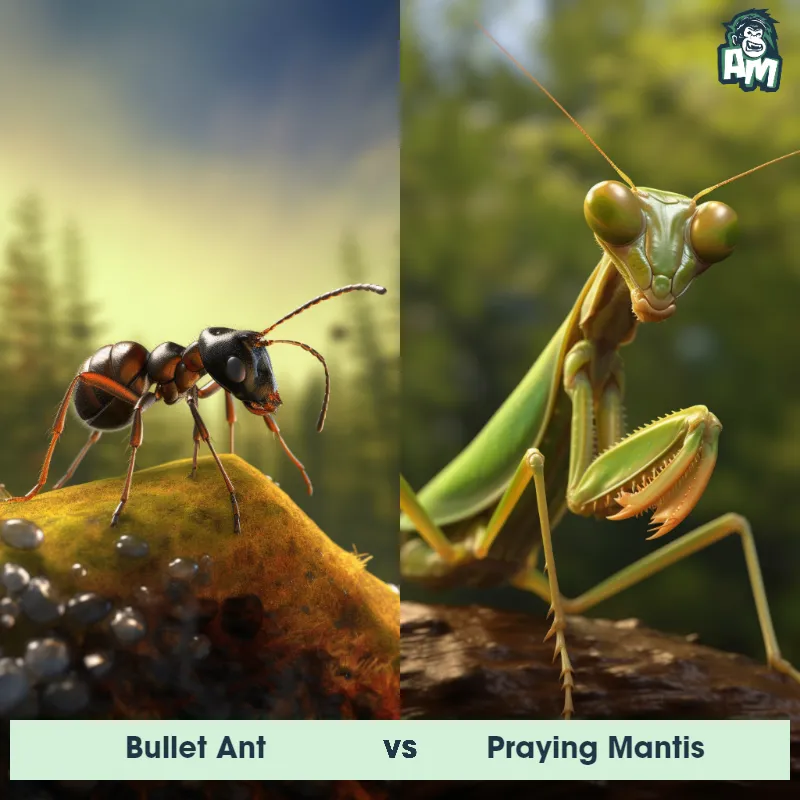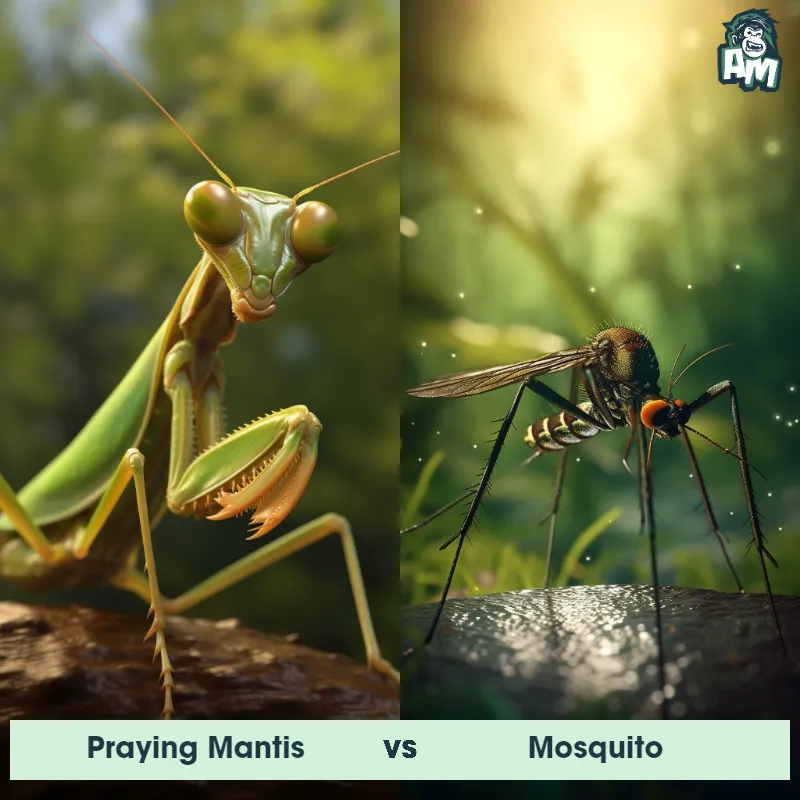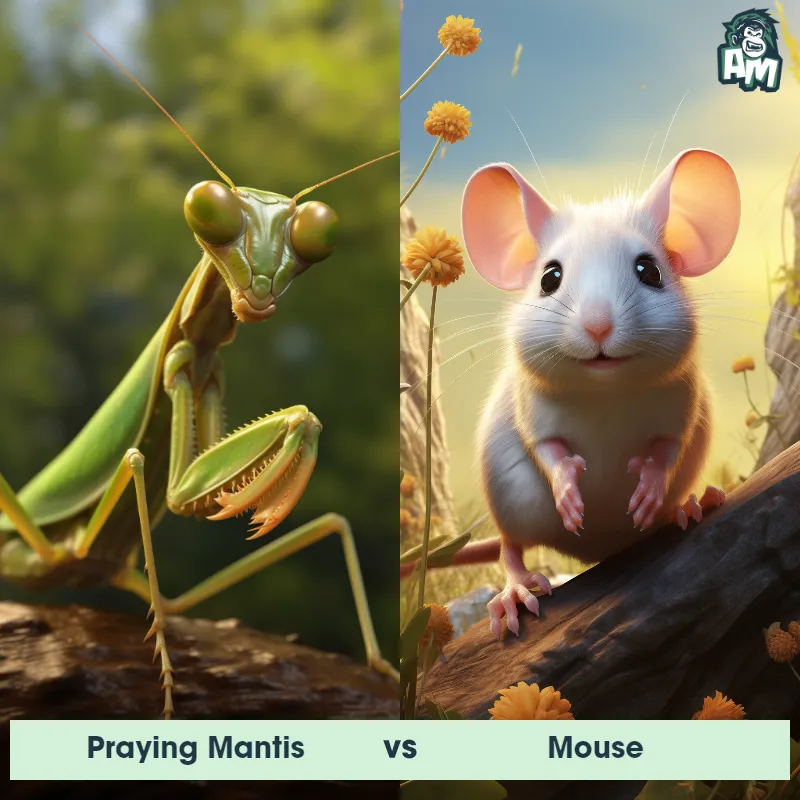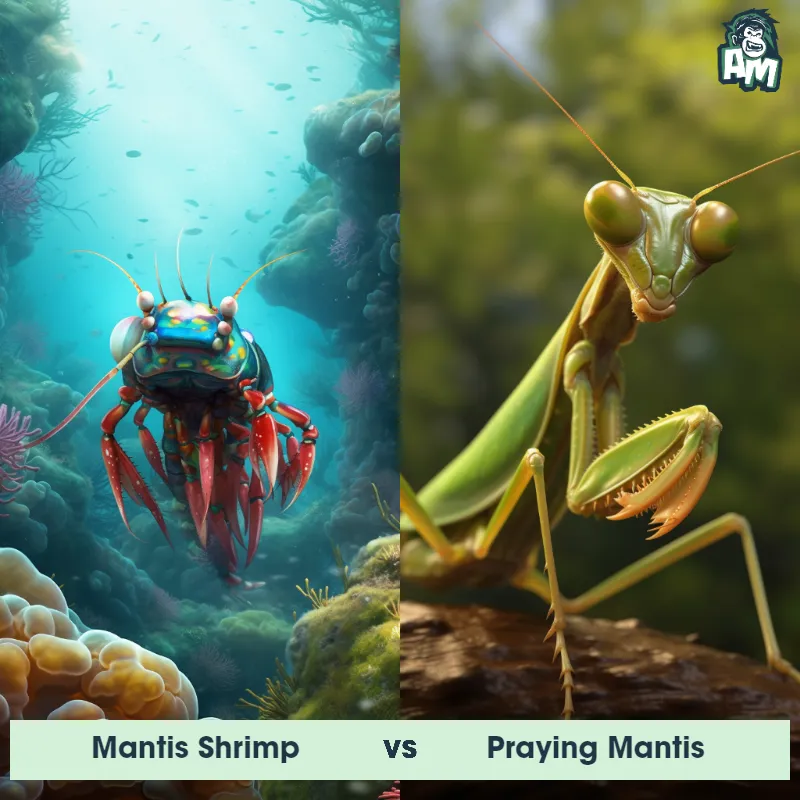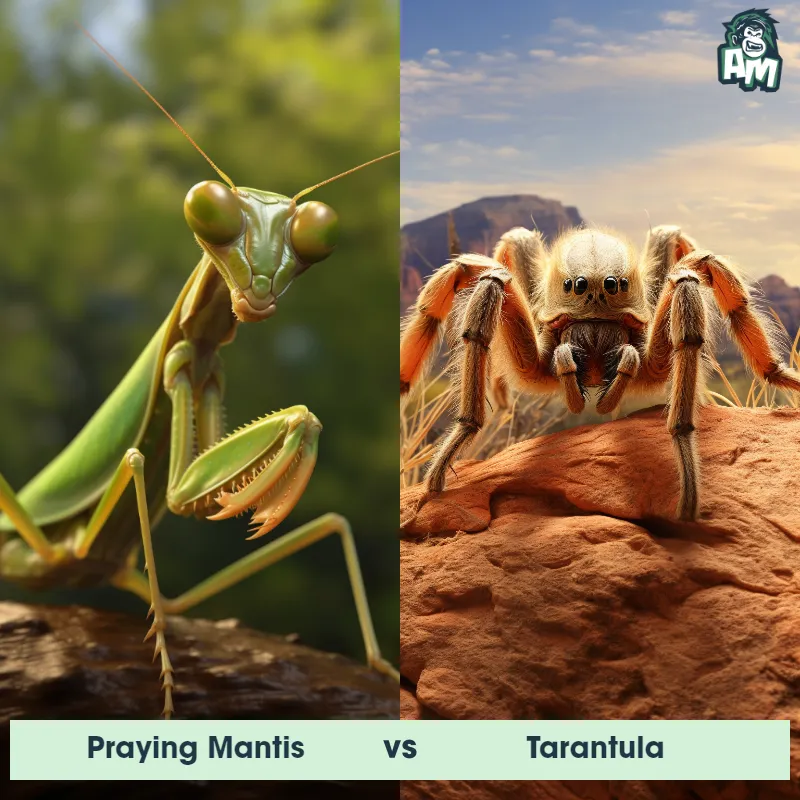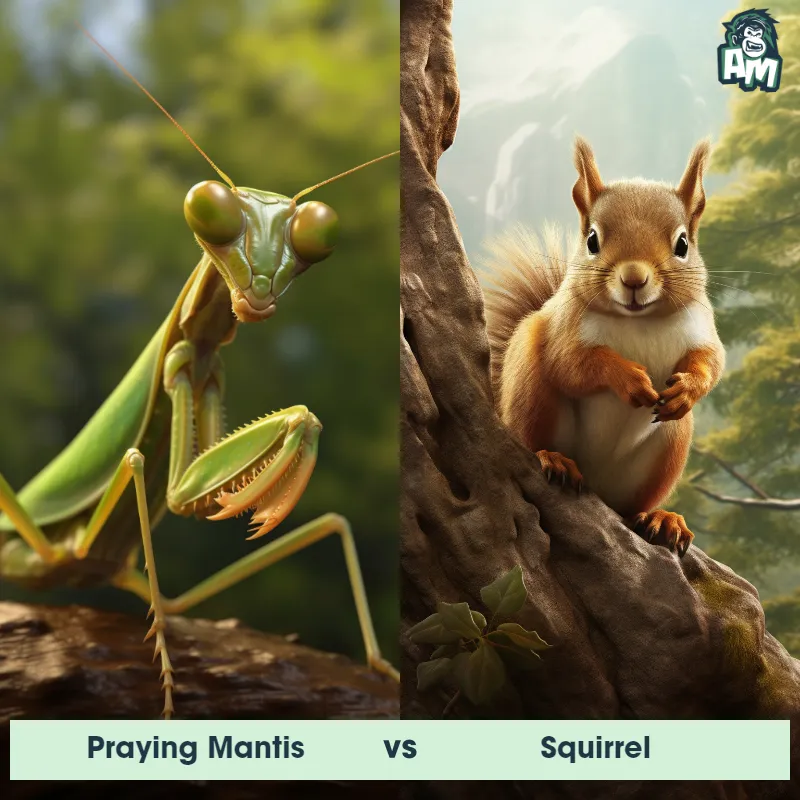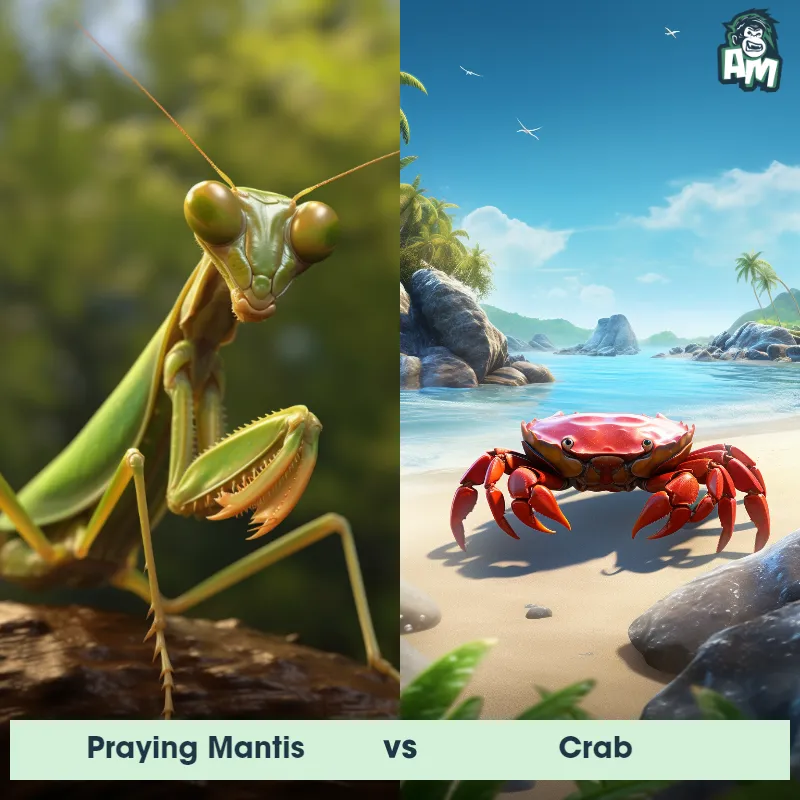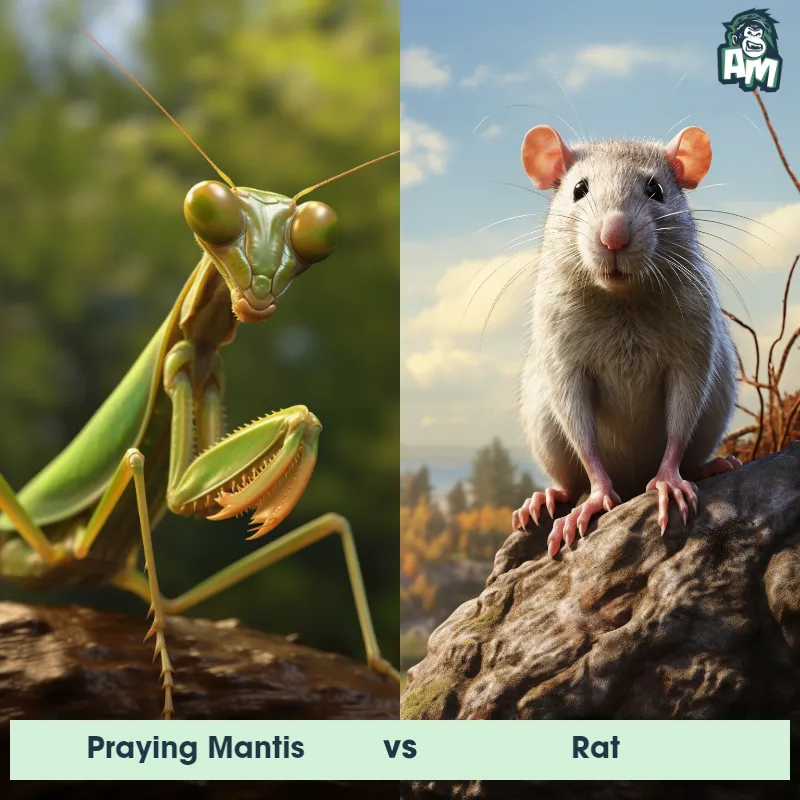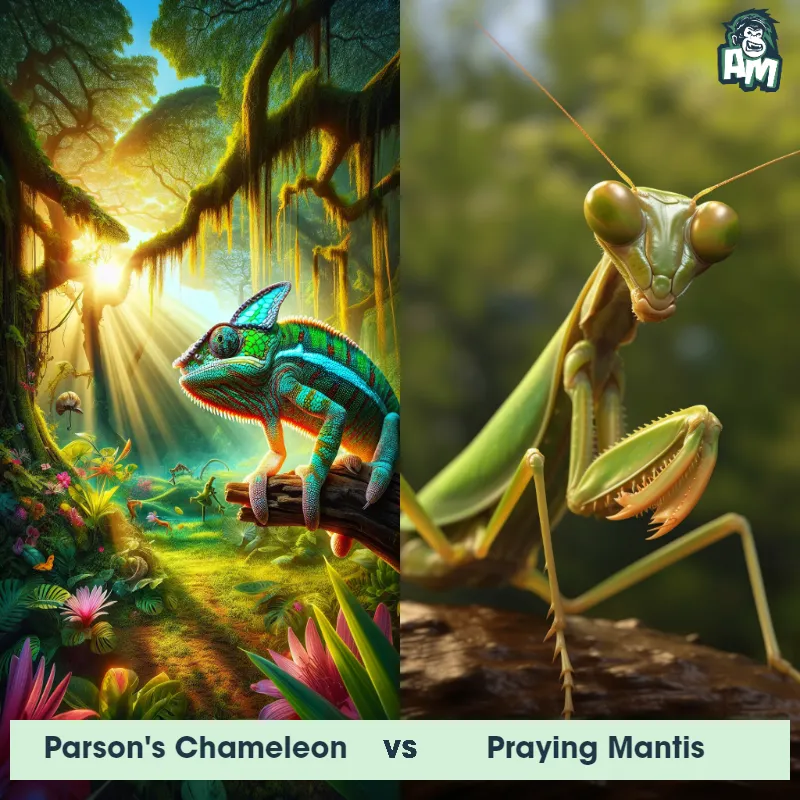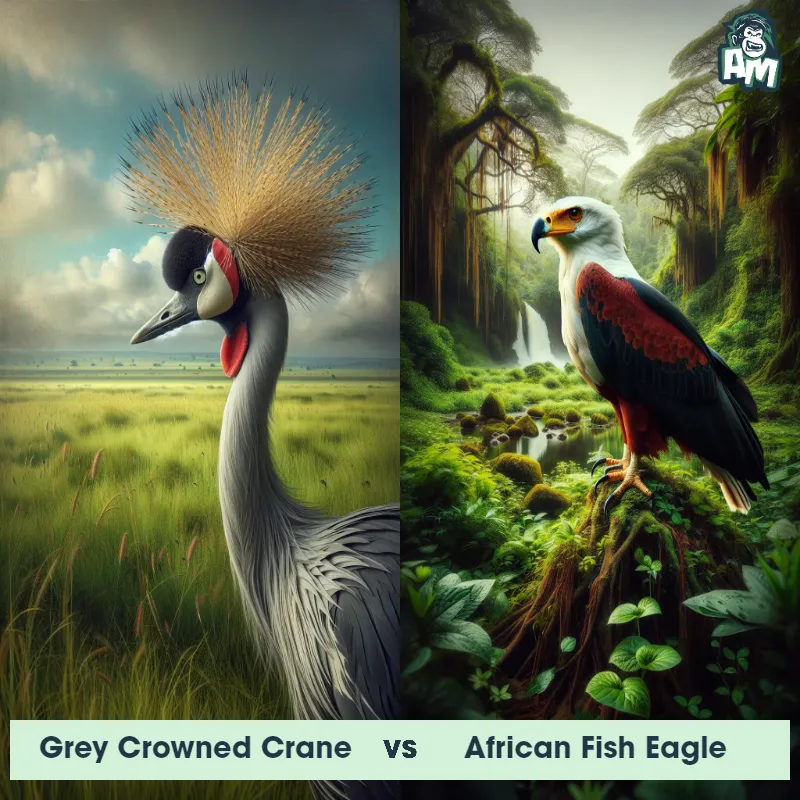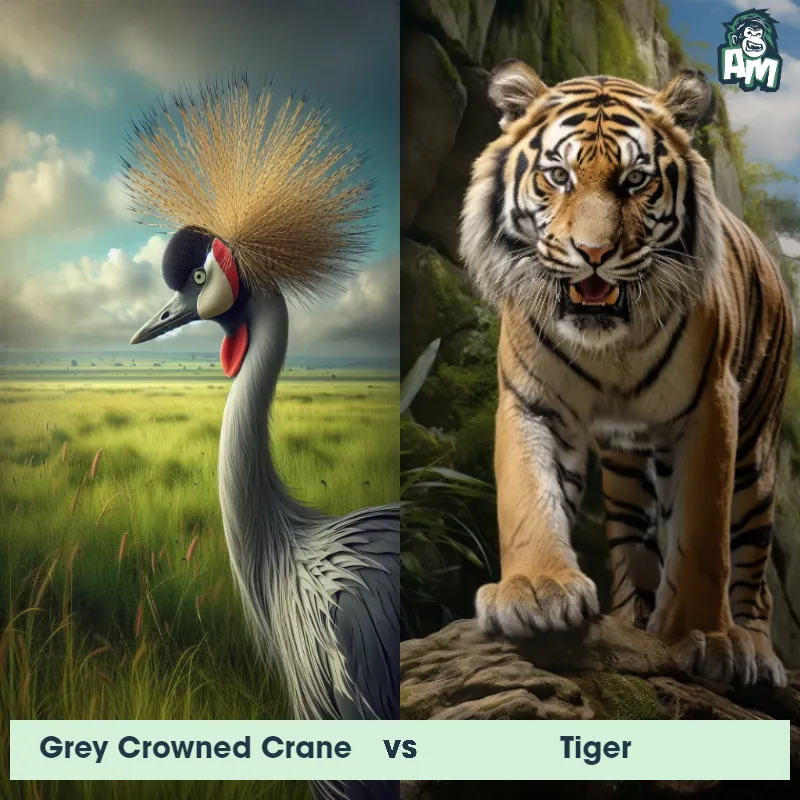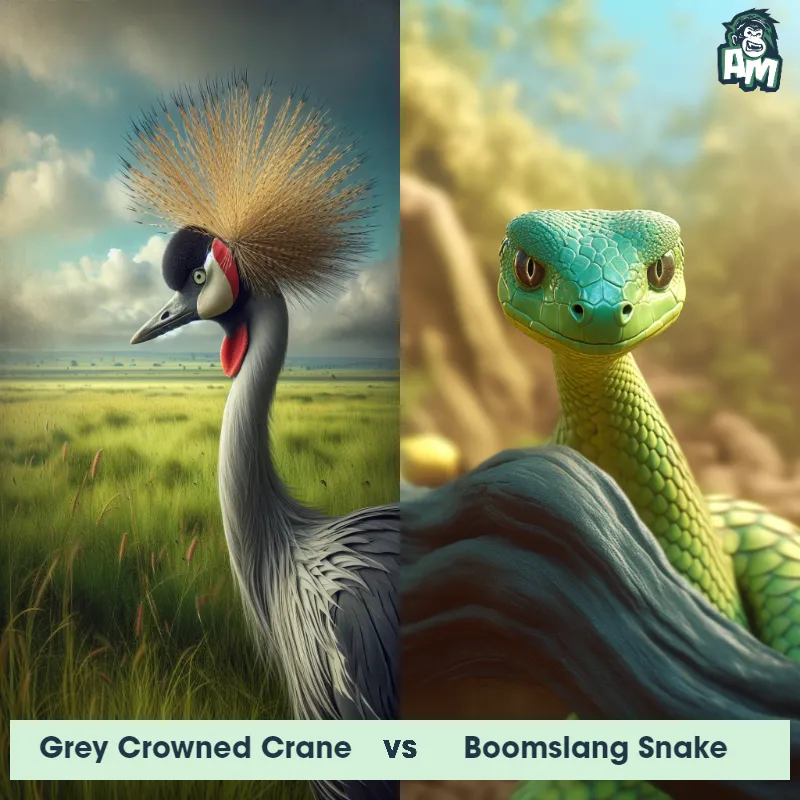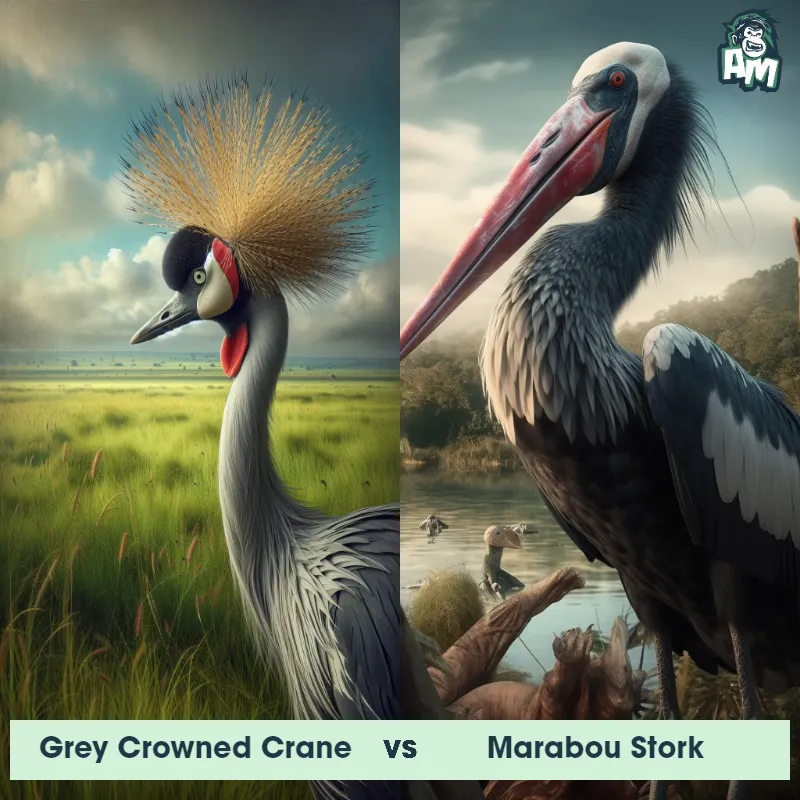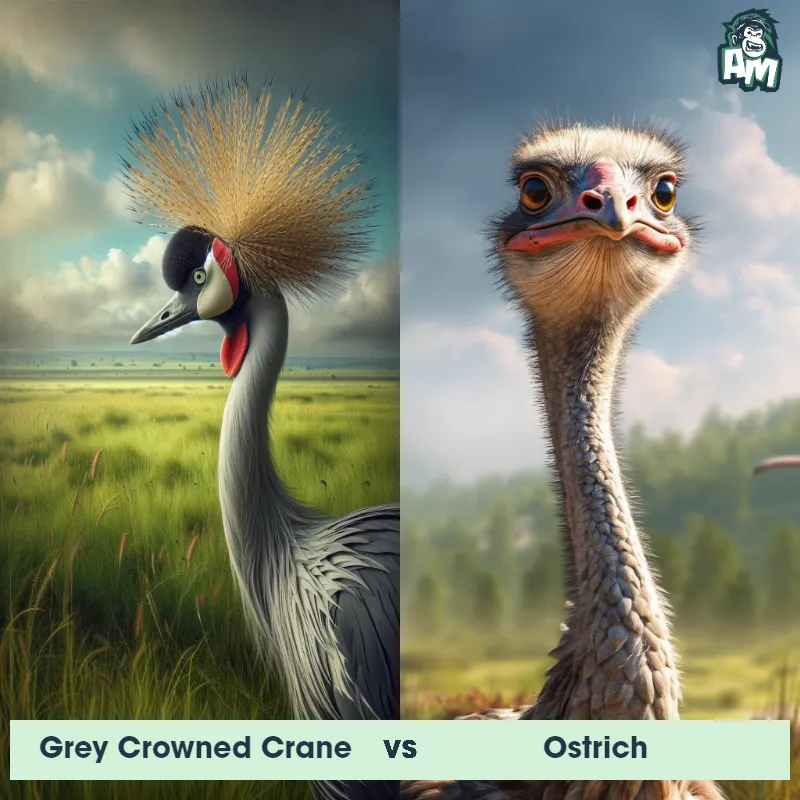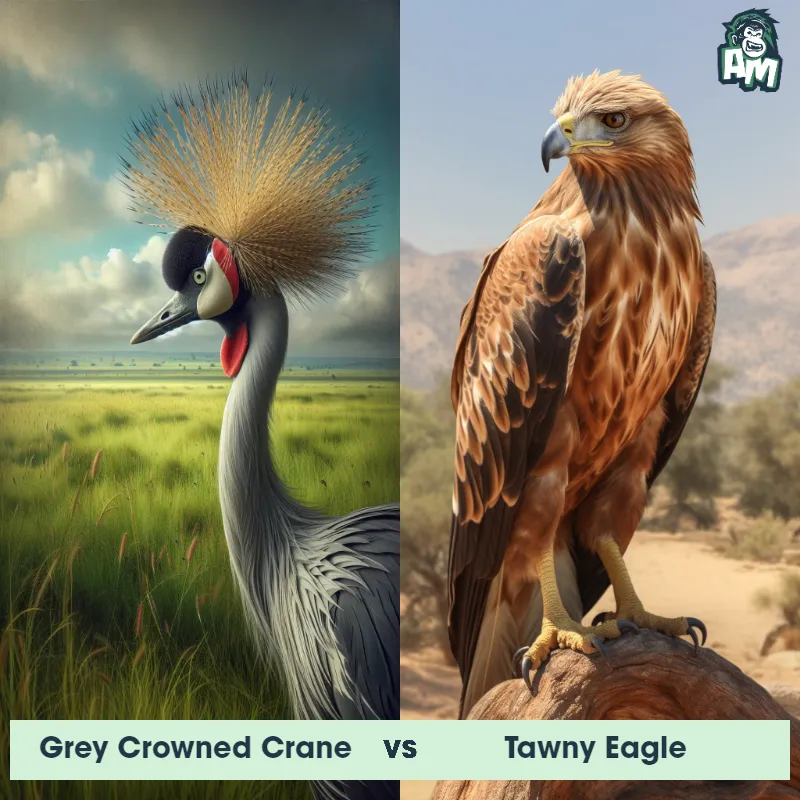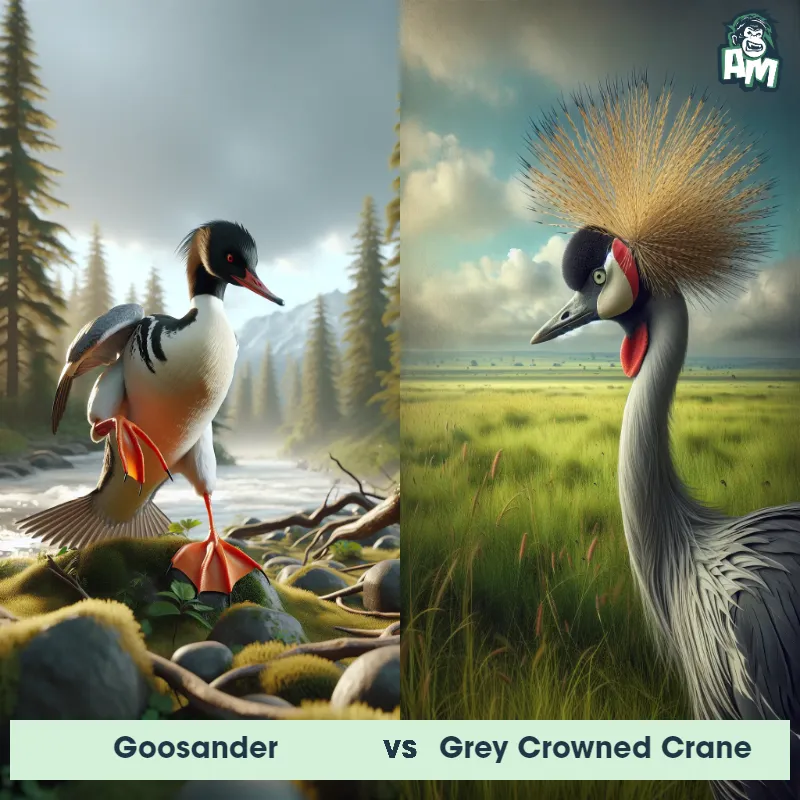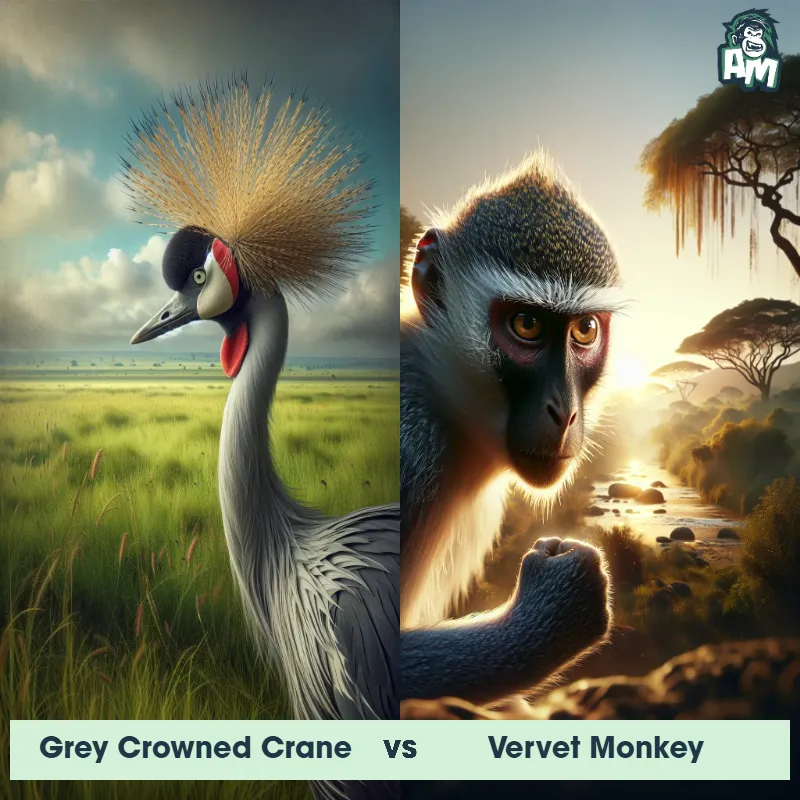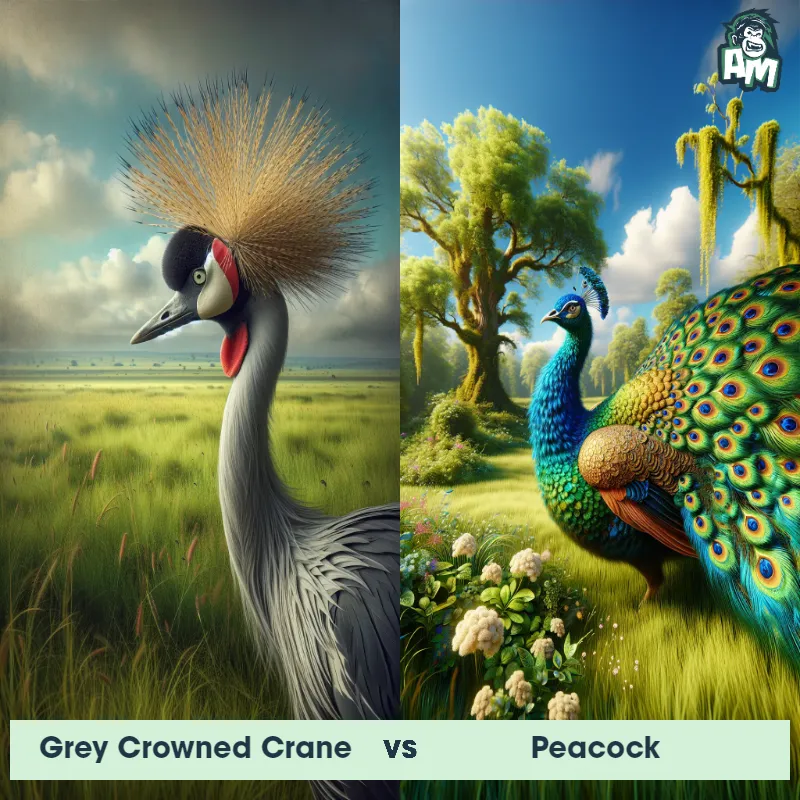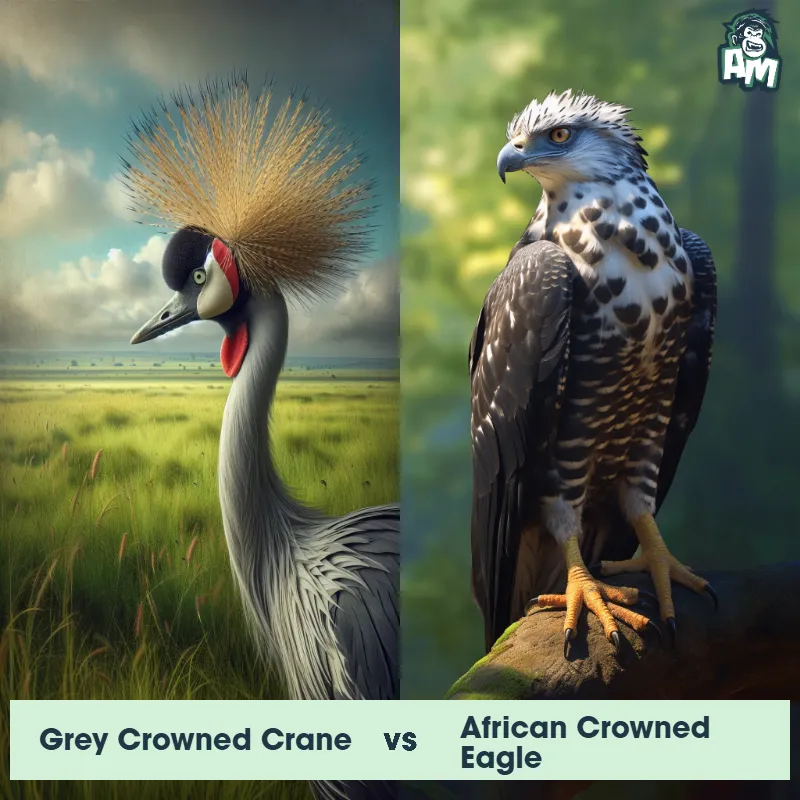Grey Crowned Crane vs Praying MantisSee Who Wins

Ladies and gentlemen, welcome to this epic showdown between the Grey Crowned Crane and the Praying Mantis! Both of these creatures are known for their agility and unique fighting techniques. It's sure to be an intense battle here today.
Contender 1: Grey Crowned Crane
The Grey Crowned Crane Balearica regulorum is a majestic bird found in sub-Saharan Africa. It is characterized by its tall stature, reaching heights of up to 3 feet, and its unmistakable crown of golden feathers atop its head. The bird's body is covered in slate grey feathers, with a white chest and wings adorned with black and gold feathers. Its long legs are black and end in sharp, pointed toes. The Grey Crowned Crane is known for its graceful movements and distinctive calls, which include a series of loud trumpeting and bugling sounds. This crane is highly social and can often be found in groups called "herds," displaying elaborate courtship dances that involve extravagant leaps, bows, and wing displays.
Fun Fact: The Grey Crowned Crane is a master of coiffure, as it spends a good amount of time grooming its head feathers with its specially adapted beak, ensuring its crowned appearance remains impeccable.
Contender 2: Praying Mantis
The Praying Mantis is a fascinating insect known for its unique appearance and predatory behavior. With elongated bodies and large, triangular heads, these insects are easily recognizable. They have two large, compound eyes and three small simple eyes, which allow them to see in multiple directions at once. Their front legs are modified into powerful grasping appendages, which they use to catch and hold their prey. Praying Mantises are also known for their ability to camouflage themselves, blending in with their surroundings to avoid detection.
Fun Fact: Praying Mantises are known for their cannibalistic behavior, with females often eating their male partners after mating.
Matchup Stats
| Grey Crowned Crane | Praying Mantis | |
|---|---|---|
| Size | Up to 3 feet (0.91 meters) tall | 2-5 inches (5-13 cm) |
| Weight | Up to 8.8 pounds (4 kilograms) | 0.1-0.6 ounces (3-18 grams) |
| Speed | 20mph (32km/h) | Speed: 1.5 mph (2.4 km/hr) |
| Key Strength | Agility and long beak for jabbing attacks | Powerful grasping front legs |
| Biggest Weakness | Vulnerable neck and head | Vulnerable to being flipped onto their backs |
Current Votes
Grey Crowned Crane vs Praying Mantis
See Who Wins
View More Matches
Looking For More?
Similar Matches
Scientific Stats
| Grey Crowned Crane | Praying Mantis | |
|---|---|---|
| Scientific Name | Balearica regulorum | Mantodea |
| Family | Gruidae | Mantidae |
| Habitat | Wetlands, marshes, grasslands, and savannahs | Terrestrial |
| Geography | Sub-Saharan Africa | Worldwide |
| Diet | Omnivorous, feeding on seeds, insects, small vertebrates, and aquatic plants | Insects, spiders, and other small animals |
| Lifespan | 20 years - 25 years | 6 months - 1 year |
Key Differences between Grey Crowned Crane and Praying Mantis
- Wing structure: The Grey Crowned Crane has large, powerful wings used for display and flying, while the Praying Mantis has small wings that are often camouflaged and primarily used for balance.
- Movement: The Grey Crowned Crane is bipedal, walking and running on its two long legs, while the Praying Mantis moves stealthily on all six legs in a slow, deliberate manner.
- Diet: The Grey Crowned Crane is omnivorous, feeding on plants, insects, and small animals, while the Praying Mantis is strictly carnivorous, preying on insects and other small creatures.
- Color: The Grey Crowned Crane has a distinctive grey body, white wings, and a crown of golden feathers, while the Praying Mantis is typically green or brown, blending in with its surroundings.
- Size: The Grey Crowned Crane is significantly larger than the Praying Mantis, with a height of up to 3.5 feet compared to the mantis's average length of 2-3 inches.
- Body shape: The Grey Crowned Crane has a long neck and legs, with a slender body and a large, tufted crown atop its head, in contrast to the Praying Mantis's elongated, slender body with prominent front legs used for grabbing prey.




